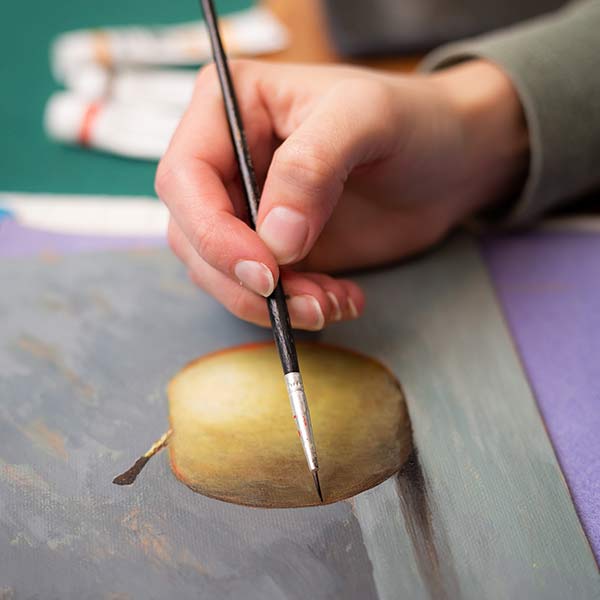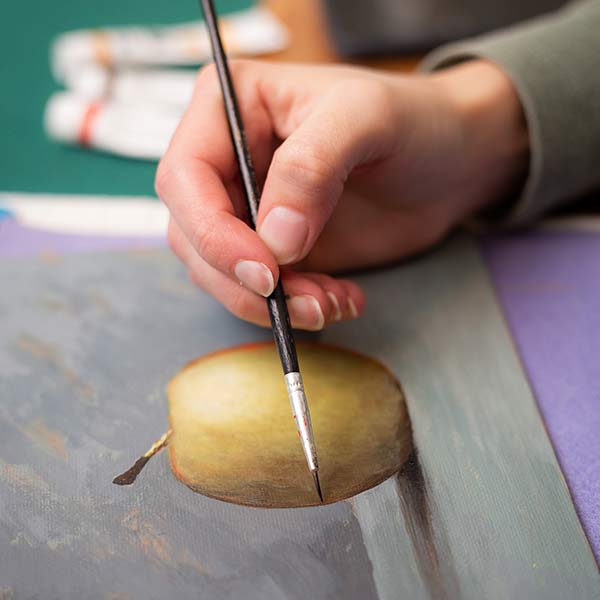Recap (Chapter 23 – End)
Here’s my recap for you. Or maybe it should be my first question. Are you as emotionally drained after finishing How the Light Gets In as I am? Now, to the actual recap of the book in which Louise Penny unites us with Gamache and the villagers as we wait and prepare, building the tension until it’s so unbearable it has to conclude, as she says, with an explosive ending. Do not read this recap or conclusion if you have not finished the book. This recap is a spoiler.
Thérèse Brunel continues to tell her husband, Jérôme, the terrible story of the treachery at the top of the Sûreté du Québec, and Gamache’s actions that led both to the people’s admiration and to continuing enmity from some of the leadership. And then Gamache adds an unknown quantity to the mixture in Three Pines. He brings in Agent Yvette Nichol, who no one, not even Gamache, knows if he can trust.
It’s the beginning of a long stretch of tension in the book. No one knows if they can trust Nichol, but they need her to set up computer equipment so they can reach out from the isolated village and uncover hidden computer files from the Sûreté.
The only break from the tension comes when Gamache turns back to the investigation of the Ouellet murder, handing Constance’s Christmas presents out to the villagers. It’s Myrna’s gift of a tuque, a hat, that begins to prey on his mind, leading him to search for a missing member of the family, someone who could be a killer. It’s that search for answers that leads him back to Montréal, first to drop off the tuque so he can check on DNA, and then to his department at the Sûreté, where he dismisses the entire staff, effectively shutting it down, and tells Inspector Lacoste he will announcing his resignation in the next day or two.
But his trip back to the Sûreté a second time is shocking, when Jean-Guy Beauvoir turns on him and threatens him with a gun, blaming Gamache for everything, even in the face of the man who says he loves him. Nevertheless, Gamache finishes his errands, meeting with those who may have clues to the story of the Ouellet Quintuplets, before returning to Three Pines.
When they set in motion the plan to dig into those computer files, Gamache and his team are horrified to discover that the plot they’re investigating leads all the way to the Premier of Québec. As they begin to unravel the power grab related to money, death, and a scheme to kill thousands in order to create a new country, the computer hackers in Three Pines attract the attention of the police in the Sûreté. But it’s too late. Gamache’s small group have linked the stories of corruption to top leadership and even the murder of Audrey Villeneuve, who knew more than she should. It’s a story of allowing construction projects to go unfulfilled so they can destroy a dam, a tunnel or a bridge. And it will take one more trip to Montréal for Gamache to wrap up the loose ends. Warning the Brunels and Agent Nichol to stay hidden, he leaves Three Pines hoping to lead Francoeur to follow him. After he’s gone, Myrna and the villagers show up to lead the Brunels and Nichol to safety.
Conclusion
All the storylines quickly begin to converge. While Gamache wraps up the investigation involving Audrey Villeneuve, he learns why she was murdered. She was about to tell the wrong person, the Premier, Georges Renard, about the structural weakness of the Champlain Bridge. Gamache warns Lacoste to close that bridge before it’s blown up. In the meantime, Myrna wraps up the story of Constance Ouellet and her siblings, telling the story of Gamache’s discovery that there was one more child, a younger son, who grew to hate his sisters, and killed some of them. And, Francouer, Tessier, and a small team head to Three Pines, led by Jean-Guy Beauvoir.
While the villagers put off the police, hiding the Brunels and Nichol, Gamache is on a mad dash back to Three Pines. But Francouer and Tessier are waiting for him. While they think they have him trapped, he jeers at them, informing them his announcement of his resignation was a signal to his former officers, still loyal to him, to take over the Sûreté du Québec. He and Francouer fight to the death, and Gamache dashes toward the schoolhouse to save Jean-Guy from dying in an explosion that has been rigged. But, Jean-Guy, realizing that Gamache does love him, turns up, and is forced to shoot Gamache to stop him from entering the schoolhouse, and blowing himself up when he opens the door.
The final scenes of the wedding and reception for Jean-Guy Beauvoir and Annie Gamache are set in Three Pines after Gamache’s recuperation and Jean-Guy’s stint in rehab. And, even though Armand and Reine-Marie Gamache have retired to Three Pines, Reine-Marie informs Jean-Guy that Armand might retire, but he can’t quit.
Favorite Quotation
My favorite quote now is not one I would have picked a year ago when I first read How the Light Gets In. It’s actually Ruth’s statement to Jean-Guy when he brings Francouer’s forces to Three Pines. In talking about Rosa, Ruth actually talks about so much more, as she often does. She talks about Jean-Guy, and, now we know, she talks about the next book in the series, hinting at future events.
Ruth says, “She took the long way home. Some do, you know. They seem lost. Sometimes they might even head off in the wrong direction. Lots of people give up, saying they’re gone forever, but I don’t believe that. Some make it home, eventually.”
Discussion Questions
- Did you anticipate the brazen plot Renard had hatched? Before reading it, what did you think the plot was all about?
- Let’s talk about the Ouellette storyline. Who did you think the killer was, and why?
- My favorite scene in the book wasn’t the wedding, but the moment after Thérèse Brunel opens the door to find Myrna there to take them to a safe place, and sees Clara, Gabri, Olivier, and Ruth and Rosa. “The end of the road.” What was your favorite moment in the book, and why?
- Who showed the most courage in the book, and why? Gamache, Jean-Guy Beauvoir, the villagers? Someone else?
- What did you think was happening when Gamache told Lacoste he was resigning?
- Talk about “Old sins have long shadows.”
- What do Ruth and Rosa mean to you?
- In a book with so many surprises, which one stood out for you?





